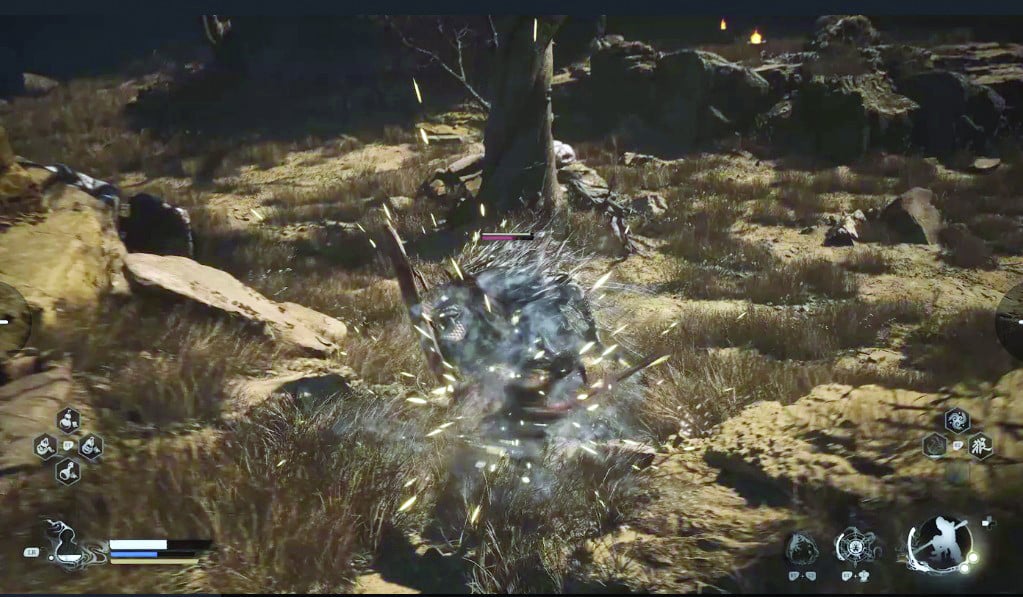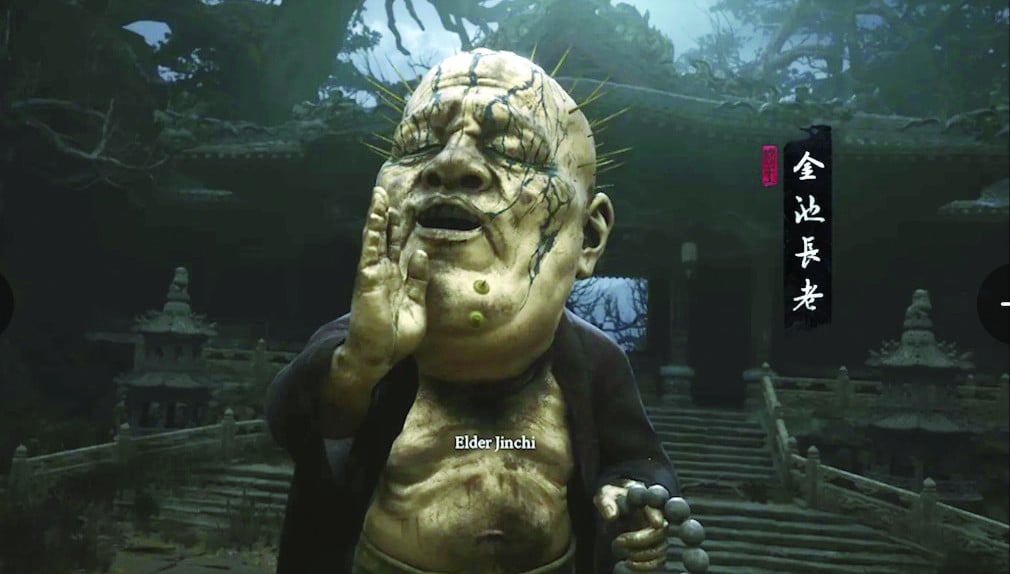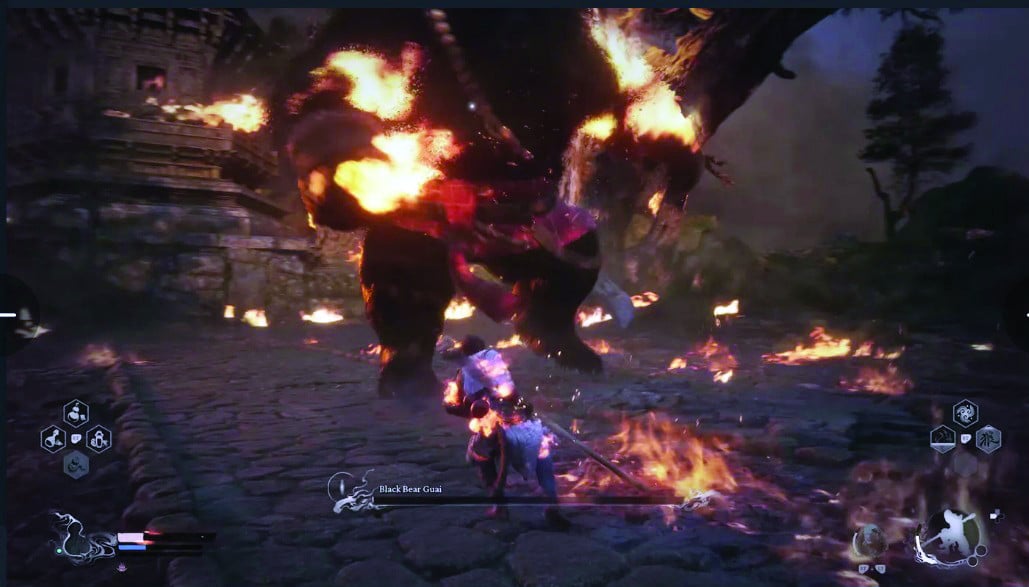On August 20, China made a dazzling entrance into the global AAA video game industry — long dominated by Western titans — with 'Black Myth: Wukong', a game that has quickly shattered records and set the gaming world ablaze with its distinctive, as it were, 'Chinese characteristics'.
If President Xi Jinping’s vision of national renewal and international stature hinges on “telling Chinese stories well,” then Black Myth: Wukong serves as the perfect envoy, capturing the full spotlight of top video game publications such as IGN and PC Gamer.
Developed by the previously obscure Game Science, backed by Tencent, the game is a high-budget, blockbuster title that sold over 10 million copies worldwide within three days of its release — a dizzying success given that it was the first ‘premium’ production of the company.

The game has already cashed in a jaw-dropping $800 million, with over 18 million units flying off the shelves within just two weeks of its release. That’s more than a tenfold return on the $70 million poured into the game's development over six years.
However, based on the legendary 16th-century Chinese novel Journey to the West, the title is more than just a game — it’s an impossibly breathtaking tour de force blend of ancient storytelling, cutting-edge technology, artistry and a celebration of Chinese cultural heritage.
While Journey to the West has been adapted many times over, from television to comics, Black Myth stands as the first massive blockbuster game rooted in Chinese tradition, crafted by a homegrown studio.
A milestone for the Chinese gaming industry, the game also offers a thrilling glimpse into the future of layered storytelling in the AAA game industry, where often puerility sells and the money is doled out on targeting the “kidults”.
Unlike many AAA games that often receive the flak for appealing to an infantilised, consumer-driven audience — littered with merchandise and shallow narratives — Black Myth resists the pull with its complex, sophisticated requirements in, as it were, an 'interactive ancient mystical world'.

The player steps into the shoes — or rather, the fur — of Sun Wukong, the legendary Monkey King, in the mystical world. As the game opens, you're flung into epic battles where heaven and Earth tremble and even the gods take note. Armed with the fabled "Jin Gu Bang", players must face foes like Erlang Shen, a three-eyed warrior-god, whose axe can slice through mountains.
Drawing heavily from the punishing yet rewarding "Soulslike" genre, the game focuses on intense, high-stakes combat with colossal, mythical boss battles.
True to form, death in the game, rather than an end, becomes a cycle of rebirth — a fitting metaphor in a game steeped in Buddhist philosophy.
Despite being tailored and reenacted for avid gamers, those who have read the novel will see its timeless narrative running throughout the 40 hours of playtime, giving it a lived-in authenticity even for players unfamiliar with the tale.
Unlike most modern action games, Black Myth forgoes the typical open-world structure with no cluttered mini-maps and endless checklists of quests. The game thrusts players into uncharted territories, where getting lost in the ancient mythical world of China is both thrilling and terrifying.
Each step through a perilous mountain pass or murky swamp becomes a leap of faith.
Nonetheless, your curiosity is rewarded as hidden areas known as "Obsessions" are revealed only through specific interactions or item collections. Again, the optional quests appear to be playing on the Buddhist theme of attachment with the objects symbolising the burdens of desire.
A striking feature of the game is its use of motion capture technology, which turns the movements of professional stuntmen into lifelike, virtual combatants while incorporating real-world martial arts.
Through the technology, the actions of professional stuntmen dressed in customised suits with reflective points are recorded from all angles, processed into virtual data and finally presented on in-game characters.

‘Guochao’ and the rise of China’s AAA gaming
However, it may be noted that the game’s triumph against all odds is more than a stroke of luck: It is a testament to China’s growing influence in a global industry.
It is also hard to ignore that the game’s stunning and record-breaking success appears to be riding the wave of a burgeoning trend, coinciding with the cultural renaissance: guochao.
One of the hottest topics in business circles in China lately has been the rise of guochao, or “national chic.” From local fashion brands to eye-catching souvenirs crafted by the Palace Museum, young Chinese are turning away from Western imports and embracing products that echo their roots and cultural identity.
Guochao is permeating Chinese literature, film, TV, video games, music and every corner of youth culture. Two core ideas tie it all together: first, the cultural product must boast a distinct and recognisable national aesthetic. Second, it must capture the public’s imagination with creativity, energy, and flair.
This was all the more evident when the trailer for the title was released in August 2020, amassing over five million views on IGN's YouTube channel, a website known for its focus on gaming.
The promotional video generated more than 10,000 applications from professionals across the country, eager to contribute to the project’s development and design.
Feng Ji, the game's producer, made a distinctly nationalistic statement, asserting the game’s intent to restore the Monkey King to his original name, Wukong: “The story is from China, but everyone refers to him as Goku … we want the world to know that his real name is Wukong.”
The sentiment resonated with millions of gamers who watched the game unfold: “the pride of China.”
The statement proved to be prescient. Historically, Chinese games often mirrored their Japanese or American counterparts. However, Black Myth: Wukong breaks this mould by embracing a distinctly Chinese narrative based on classic mythology.
Much like how the film Chang An blended modern animation with Tang dynasty poetry to great success, Wukong is helping to redefine Chinese popular culture.
Moreover, in recent years, the appetite for a homegrown AAA game in China has been growing steadily. Since Steam opened its virtual doors to Chinese gamers in 2018, the landscape of gaming in the country has shifted. With an influx of European and American titles, Chinese players found themselves craving more action, bigger worlds, and deeper gameplay.
Yet, despite a few notable attempts, these dreams seemed destined to remain out of reach — until now.
Arguably, Chinese video games are perhaps the ultimate embodiment of guochao.
Games rooted in Chinese culture and history have built massive followings, and even those not explicitly based on Chinese themes are increasingly adding local elements to win over players. Unlike in fashion, where guochao is still gaining momentum, the gaming industry has embraced it from the start. Since the 1980s, Chinese video games have been a driving force behind the rise of contemporary popular culture.
The production team behind Black Myth journeyed across China, meticulously scanning ancient buildings and relics to infuse every scene with historical authenticity.
For example, in the trailer, the epic clash between Wukong and the dragon Kang Jinlong showcases an ancient temple inspired by the Dule Temple in Tianjin, a rare surviving relic from the Liao Dynasty.
The game's array of demons, demon kings, gods, and Buddhas all embody traditional Chinese aesthetics, creating a modern illustrated guide to creatures from The Classic of Mountains and Seas, a cornerstone of Chinese mythology. Moreover, traditional Chinese instruments like the guzheng, bowls, wooden clappers, and gongs feature prominently, with much of the soundtrack crafted using classic Chinese chord structures.
In one striking moment, the game introduces players to "The Destined One," injured and lying on the yellow sands. He is saved by a haunting folk performance from a headless monk, where the evocative line “Success and failure, life and death, all are beyond reason” leaves a deep impression on both the player and the narrative.
This brief and powerful performance alone has made waves, amassing over 10 million views on social media.
